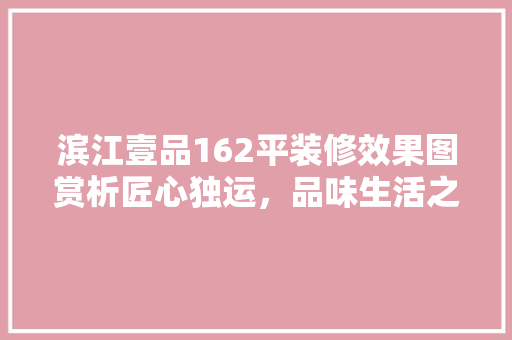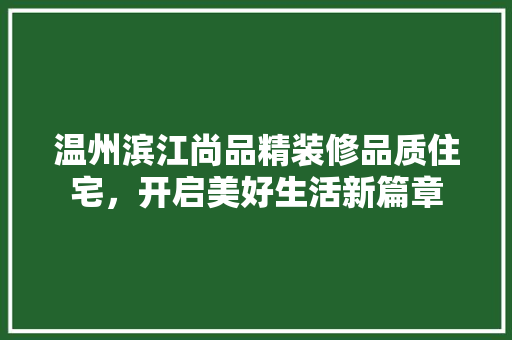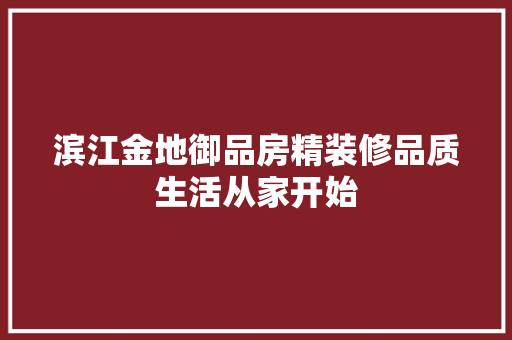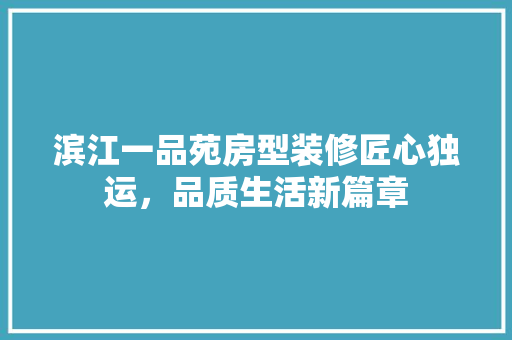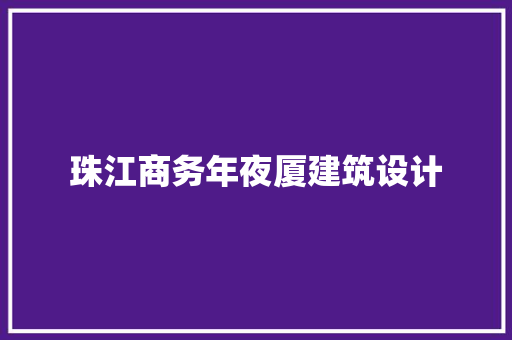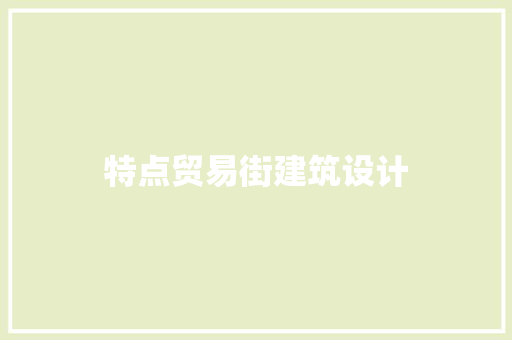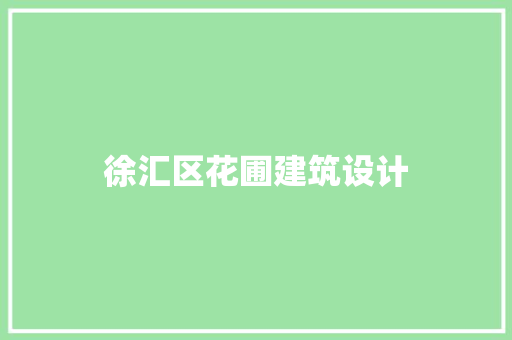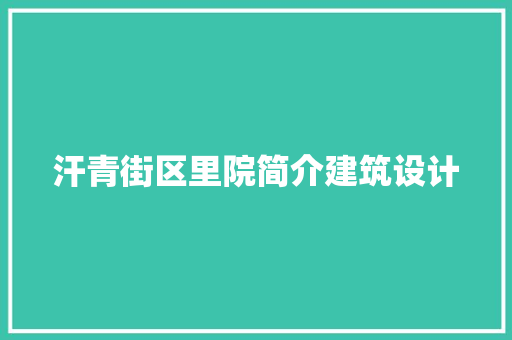HPP对杨浦滨江区域非常熟习,曾方案设计了杨浦水厂改扩建、杨树浦电厂改造、华润上海地产杨浦滨江办公楼等一系列项目,同时也正在设计本项目方案范围内部分建筑项目的前期方案。现在,让我们来一睹获奖设计方案吧!
HPP is very familiar with the site ofYangpu Waterfront, as we have designed a series of projects located there, like Yangpu Water Plant Renovation & Expansion, Yangshupu Power Plant Renovation, as well as the Yangpu Waterfront Office Building Design for China Resource & Shanghai Land, etc. At present, we are also on the primary design stage for part of the architecture within this newly finished urban design project, the Shipyard Area. Now, let’s look through this award-winning design!

杨浦滨江地处黄浦江两岸核心段浦西段,位于上海市中央城中北部,杨浦区东南部,设计范围65公顷。这里曾是上海近代工业的发展源地,拥有瑞镕船厂、杨树浦水厂、英商怡和纱厂等一系列著名工业遗址,它们曾经构成上海昔日的辉煌。该区域还有大量的历史建筑,拥有独特的区段特质和浓厚的文化氛围。
The Yangpu Shipyard Area is located in the middle north part of Shanghai’s city center, at the waterfront of the Huangpu River with a site area of 65 hectares. The industrial development of Shanghai originated from here, making it a central place for lots of once-famous industrial sites. The prosperity of industrial development has made up the glory of Shanghai since the early days.
▲ 浦江两岸是上海近代工业的发源地;杨浦船厂区域有瑞镕船厂、杨树浦水厂、英商怡和纱厂旧址。
The industrial development of Shanghai originated from here; a central place for lots of once-famous industrial sites.
▲ 杨浦船厂具有纪念性的老照片 | A historical picture of the Shipyard
然而,该区域历史传统肌理存在很多的问题。滨江和城市生活被工业遗址阻隔;街区过于封闭,可达性不敷;公共空间有限,交通覆盖不充分;资源配套已跟不上当代家当发展模式。此外,历史建筑的保护缺少系统性方案。
Yet as it stands, the area has its major problems: the waterfront has a lack of accessibility because of the barrier of industrial sites; no overall method of protection and renovation for those many historical buildings; lots of oversized neighborhood scales and inadequate coverage of transportation; insufficient public green areas; etc.
▲ 本区域超过180,000 平方米的历史建筑亟待改造更新。方案方案须要为大量零散分散的历史建筑供应一个别系性的办理方案。
An overall method of protection and renovation is needed for the over 180,000 square meters of historical buildings.
基于这样的现状,HPP提出“纤维街区”的方案方案,以纤维特性重构街区尺度,使滨水地区辐射城市腹地,让历史建筑得到再生。
Accordingly, HPP has proposed a comprehensive urban plan with a strategy of Fiber Blocks for the renaissance of this area.
▲ “纤维街区”观点图 |Fiber Blocks
“纤维街区”,顾名思义,它像植物的筋络一样构成区域的紧张脉络,犹如织物一样整合各种空间;它传导、连接、运送,富有渗透性、系统性;它像生物一样具有活性,为沉睡的街区授予新的生命活力。
FIBER BLOCKS, conduct, connect and convey like the veins of a leaf, forming the structure of the urban setting and integrate city spaces, thus bringing an almost biological vigor to awake the region.
杨浦船厂设计的四大原则
Four Design Principles
分级街区原则:从滨江到要地本地腹地形成从公共到私密,从开拓空间过渡到封闭空间的分级街区。
First, blocks are classified in terms of future public areas, with the waterfront being more open and approachable.
加强腹地活力:增强滨江和腹地的联系,创造多条通道,增加滨江开放空间可达性。
Second, the accessibility to the water will be improved and more waterfront open spaces will be created.
尊重空间文脉:历史风貌街区中,蕴藏着空间美学和聪慧,能够为新的城市空间供应成长的基因。
Third, the unique industrial and historical features are treasured while renewing the area.
地皮代价平衡:滨江资源、交通资源、现状条件等决定了地皮的代价,建筑功能形态需与其匹配,并考试测验创造新的资源,形成良性开拓。
Fourth, the functions for architecture are defined according to their respective conditions, so as toadd value to the land.
六个层面塑造纤维街区
Six main approaches for the Fiber Blocks
1. 街区的尺度和可达性
Resize block scale and improve accessibility
目前,该片区腹地的传统街区尺度适宜性不敷,且滨江可达性不佳。设计方案为其确定新的街区尺度,将过大的街区拆分成得当的大小。
Blocks were resized to smaller scale, facilitating human scale development and management. Furthermore, pedestrian networks were create to enhance the accessibility to the water.
2. 街区的功能
Define functions
杨浦滨江方案“滨江国际创新带,后工业未来水岸”的定位,使其须要调度街区的功能支配。清晰合理的功能构造让每个街区单元有明晰的建筑特性及形态,便于城市开拓管理。
Multiple functionalities were defined and enhanced for the blocks, so as to facilitatethe future development of the area.
3. 街区的密度
Adjust the density
当前,街道界面不完全,界面密度普遍偏低。沿街商业较少且业态单一,老旧居民区界面混乱,而且在城市发展过程中形成大量封闭的住区和界面。
Density of blocks was adjusted, so as to enhance the current situation and better activate the street interface.
4. 街区的交往
Enhance the communication
当前,大部分传统工业厂房阻隔了滨水。方案设计方案对其可达性进行优化,增加街道空间活力。多种类型的景不雅观设计供应了开放程度不同的公共空间,交通的改进也能担保滨江的可达。
Better accessibility to the river and more public spaces were designed to provide ideal conditions for communication.
5. 街区的绿色网络
Create a green network
新的设计方案建构了多层次的开放空间体系。口袋公园,屋顶花园,通江景不雅观廊道、滨水公园、广场,多种类型的开放空间,共同营造多样、灵巧的慢行体验。
A green network was formed with mixed types of open places as well as usable landscape elements.
6.街区的管理
Include the smart management
聪慧城市的管理制度的引入将为居民供应全方位智能化的城市做事,加强安全管理方法,打造创新街区,吸引创新企业和人才。通过打造促进交往的绿化网络,提升聪慧管理,使传统片区向复合活力创新街区转变。
Smart management facilities were planned in the community to enhance security, support various activities, encourage communication and attract top talents and innovative companies.
四大纤维街区形态
Four block typologies
通过有效的设计方法,纤维街区的方案方案天生了四种富有代表性的街区类型,它们将共同展现这片区域的全新风貌。
In the Fiber Blocks plan, four characteristic block typologieswere formed, together rendering a new look of the Shipyard area.
☆ “π” 江岸艺术街区
Waterfront art block “π”
该片区紧邻浦江,拥有极富代价的工业遗存。然而,该街区滨水被工业阻隔的现状,割断了城市生活同滨水空间的联系。
As the closest part to the Huangpu River, the area will reconnect the river to the city again visually, spatially and emotionally.
通过梳理城市脉络、调度建筑体量、刻画建筑形体等方法,形成由滨水空间指向城市指状渗透的空间格局,从而将该区域打造为一个富有人文气息,极具活力和创意的滨水街区。
☆“I” 文化体验区
Historical block “I”
该区域拥有大量的历史保护建筑,然而部分老旧建筑风貌不佳或者已经损毁,且功能缺失落导致其后续利用率低。
The area \公众I\公众 is featured by the renovated or reused historical architecture. In the new urban plan, historical architecture in isolation will be included into a well-planned system.
设计方案通过梳理原有城市肌理,并对历史建筑进行甄别,采取“三段式”缝合体系,在风貌保护和高强度开拓找到平衡,实现新旧领悟,打造复合多元的文化体验区。
☆ “H” 立体街巷区
Vertical commercial block “H”
立体街巷是本区域最为商业化的一部分,这里为市民打造富有活力的购物体验,同时为商务人士供应良好的商务办公环境。
The area \"大众I\"大众 is intended for commercial purposes; a central place for shopping malls and business offices will come into being.
立体街巷的垂直方向方案:
底端是商业核心等多元业态,为市民供应充满活力的购物体验。中段是花园游廊和玻璃雨棚,起到连接浸染并为商务人士供应了休闲活动的空间。上段是顶级写字楼以及高端酒店,为商务人士供应空想的商务环境。
Vertical measures:
At the base are directly approachable shopping places; in the podium are garden verandas and public spaces under the protection of a glass canopy; on the top are business offices and premium hotels.
效果图 Rendering
☆ “U” 创新生态街区
Smart urban block \公众U\公众
创新生态街区将打造出生态聪慧街区,构建研发、办公、家当、学习等多种复合功能,吸引高端人才和创新家当。
Smart management facilities will be included to attract creative talents and innovative industries.
平台上的屋顶花园将企业串联起来,企业、公寓和屋顶花园之间由空中连廊串联。各个街区由景不雅观通廊等串联,拥有大量可用的交往空间。
The roof garden and landscape corridors will connect the corporations together to create better information exchange and communication.
结 语
Epilogue
新的城市设计方案推进杨浦滨水船厂地带的转型,同时保留了该区域的独特气质和历史影象。通过“纤维街区”的构造,该区域的国际水岸形象将得到加强,新家当的发展将被激活和促进,从而构成上海这座都邑的中央动力枢纽。
The Fiber blocks plan will bring new energy to this historical area.Its waterfront image and the industrial features will be remained and strengthened, and it will provide soil to nourish creative young talents and innovative industries, so as to become an active and vigorous part of Shanghai and help build an ever more promising future for the city.
项 目 信 息
Project Information
项目名称:杨浦滨江船厂地区城市设计
业主:上海杨浦滨江投资开拓有限公司
地点:上海
设计单位:HPP/同济建筑设计院·原作设计事情室
主创:Jens Kump/李建
项目卖力人:徐馨莲/周腾
团队:Maria Kohl,王昕昳,刘晔天,高璟娴,王靓,丁新宇,George Mocea,汤才萍
研究范围:120 ha
城市设计范围:65 ha
建筑面积:900,000m²
综合容积率:2.3
良好:2018
Project Name:Yangpu Shipyard Area Urban Design
Location:Shanghai
Client: Yangpu Riverside Investment & Development Co., Ltd.
Architect:HPP/ TJAD-Original Design
Chief Planner:Jens Kump/Dr. Li Jian
Project Manager: Xu Xinlian/Zhou Teng
Team: Maria Kohl, Wang Xinyi, Liu Yetian, Gao Jingxian, Wang Liang, Ding Xinyu, George Mocea, Tang Caiping
Study Area:120 ha
Urban Design Area:65 ha
GFA total:900,000 m²
Plot Ratio: 2.3
Nominated:2018


